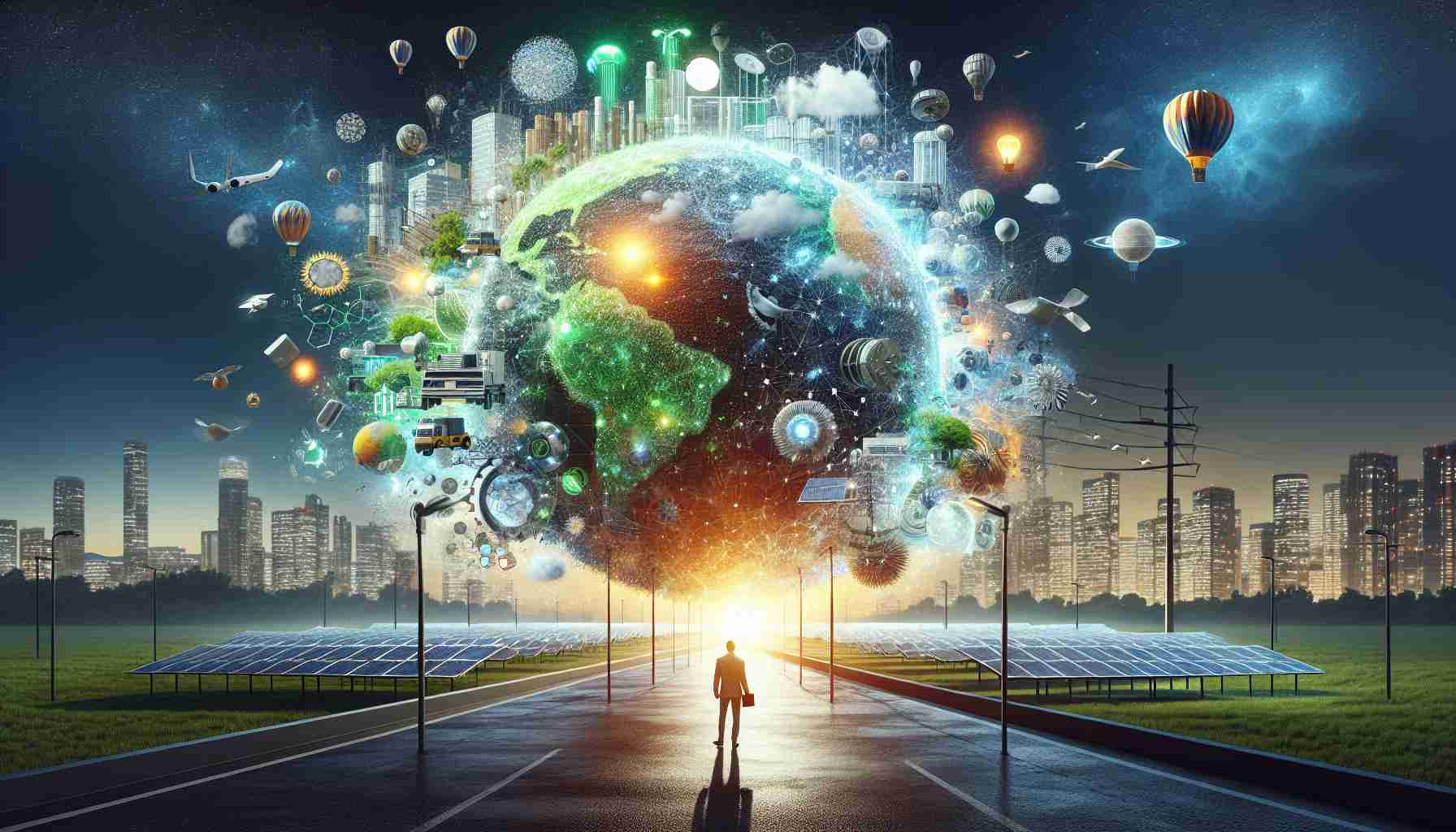The Push for a Cleaner Future
Green hydrogen, heralded as a game-changer in the quest for sustainable energy, offers a promising solution to the pressing challenge of climate change. Distinct from conventional hydrogen production, which is largely dependent on fossil fuels, green hydrogen is synthesized via electrolysis powered by renewable energy sources such as wind, solar, and hydropower.
Why Green Hydrogen Matters
This innovative approach positions green hydrogen as a pivotal component in the global shift towards low-carbon energy alternatives. Notably, it provides a clean substitute for fossil fuels in sectors like steel manufacturing, transportation, and chemical industries—areas traditionally hard to decarbonize. By integrating seamlessly with existing renewable energy systems, green hydrogen also fortifies energy grids, enhancing overall energy independence and security.
How It’s Made
The process centers on electrolysis, where water is split into hydrogen and oxygen using electricity. Several types of electrolyzers facilitate this, including Proton Exchange Membrane (PEM) Electrolyzers known for flexibility, Alkaline Electrolyzers praised for cost-effectiveness, and emerging Solid Oxide Electrolyzers offering enhanced efficiency. The key? Ensuring the electrolysis is driven by 100% renewable energy to maximize environmental benefits.
The Road Ahead
While its prospects are inspiring, green hydrogen’s journey is not without hurdles. The path to widespread adoption is marked by the need to reduce production costs and improve efficiency. With ongoing advancements and investments, green hydrogen could become a cornerstone of a resilient and sustainable energy future, laying the groundwork for economic growth and climate resilience.
The Bright Future of Clean Energy: Beyond Green Hydrogen
As the world continues to grapple with the urgent need for sustainable energy solutions, novel technologies are emerging that promise to complement or even rival green hydrogen. One such promising avenue is the development of fusion energy. Unlike the fission reactions used in nuclear power plants, fusion energy involves combining light nuclei to form a heavier nucleus, releasing vast amounts of energy in the process—similar to the reactions that power our sun.
Why Fusion Energy is a Game-Changer
Fusion energy offers an abundant and virtually limitless source of energy that could dramatically reshape our energy landscape. The key advantage of fusion is that it produces no long-lived radioactive waste and has a minimal environmental footprint. With fuel derived from isotopes of hydrogen—deuterium and tritium—fusion energy promises a safer alternative to current nuclear technologies.
Fusion also has the potential to generate significant amounts of electricity without generating greenhouse gases. This means it can be harnessed to provide a stable and clean energy supply, complementing intermittent renewable sources like wind and solar.
Important Questions and Their Answers
1. When will fusion energy become viable for widespread use?
The timeline for commercial fusion energy remains uncertain, with estimates ranging from two to three decades. Researchers at projects like ITER are working diligently to demonstrate its feasibility.
2. What are the current challenges facing fusion energy?
Achieving the conditions necessary for sustained fusion—extreme temperature and pressure—is exceedingly difficult. Additionally, fusion reactors require materials that can withstand these conditions without degrading.
3. How does fusion energy compare to green hydrogen?
While both aim to reduce carbon emissions, fusion focuses on large-scale electricity generation, whereas green hydrogen excels as a versatile energy carrier with applications in heavy industry and transport.
Challenges and Controversies
The path to practical fusion energy is fraught with challenges. The technology to contain and sustain fusion reactions is complex and costly. Moreover, public skepticism often arises due to the long history of overpromised timelines in fusion research. Despite these hurdles, the potential benefits drive continued investment and research.
Advantages and Disadvantages
Advantages of Fusion Energy:
– Virtually limitless fuel supply.
– No long-term radioactive waste.
– Zero-carbon emissions at point of use.
Disadvantages of Fusion Energy:
– High cost and technical complexity.
– Uncertain timeline for achieving commercial viability.
– Requires breakthroughs in material science to handle extreme reactor conditions.
Related Resources
For more insights and updates on fusion energy and its potential to transform the energy sector, visit ITER or explore the comprehensive resources at U.S. Department of Energy.
By looking beyond conventional clean energy solutions like green hydrogen, we can explore transformative technologies like fusion energy, offering hope for a cleaner, more sustainable future. Continued innovation and investment will be key to unlocking these revolutionary prospects.
























